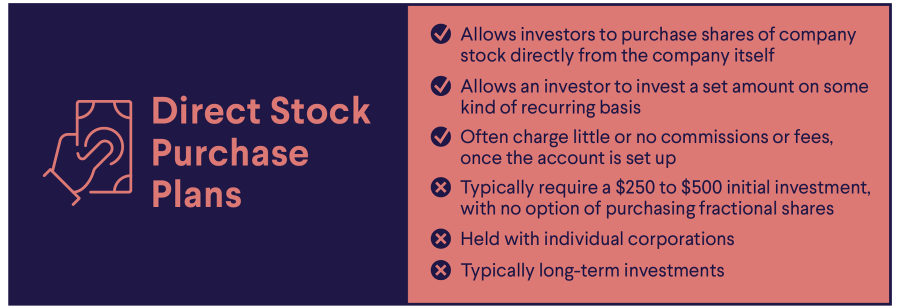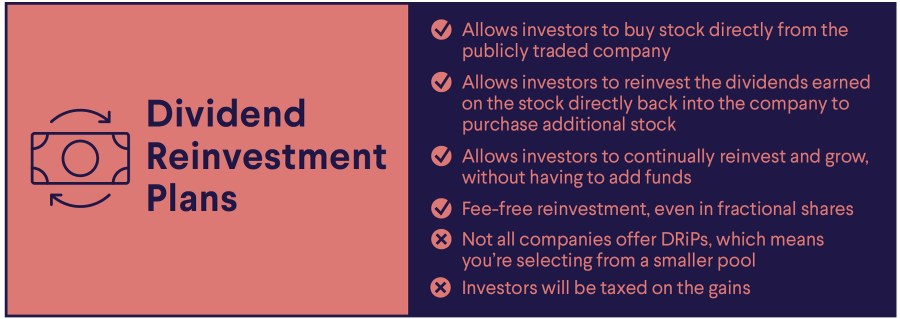Managing Loans After Losing a Job
There’s no such thing as a good time to lose your job. Unfortunately, a layoff typically does not stop the influx of bills.
Luckily, individuals who find themselves in such a tough position have options. Before resorting to pulling out the big guns, like forbearance or other alternatives that can potentially hurt your credit, it’s worth taking a look at all of the choices on the table. That way, you’ll fully understand your options and their implications before making a move when you’ve lost your job and can’t pay your bills.
Key Points
• Explore financial assistance options like unemployment benefits, hardship loans, and forbearance programs to manage loans after job loss.
• Communicate with lenders to discuss potential relief measures such as reduced payments or interest rates.
• Seek professional guidance from financial planners or credit counselors to manage finances and explore debt consolidation.
• Assess your financial situation by creating a budget, prioritizing essential expenses, and cutting unnecessary costs.
• Consider loan modification or refinancing to make payments more affordable without resorting to high-interest debt traps.
Assess Your Financial Situation
Whether you’ve lost your job or are in a precarious employment situation, getting your financial house in order is an important first step. Start by evaluating your current income and recurring expenses and looking for areas where you can cut back.
A good way to keep monthly spending in check is to create a budget, either on your own or with the help of a budget planner. If you’ve lost your job and your income has dropped, you’ll want to prioritize the essentials: food, utilities, housing, and transportation.
Explore Financial Assistance Options
Even with modified spending habits and a new budget, a loan due is a loan due — or at least a situation that won’t go away without dealing with it. Here are some options to consider.
Reaching for Lifelines
Even with modified spending habits and a new budget, a loan due is a loan due — or at least a situation that won’t go away without dealing with it. The reason you lost your job will form a fork in the road of sorts about how to proceed.
Unemployment Benefits
If you voluntarily quit without good cause, then unemployment benefits probably will not be available. But usually the first part of a survival plan for unemployment is to get into the system for unemployment, if possible. To get started, an unemployment benefits finder can help, as can exploring unemployment resources by state.
Hardship Loans
These types of personal loans are designed to help borrowers overcome a job loss or other financial difficulty. Whether they’re unsecured or secured, hardship loans for unemployed borrowers can provide much-needed funds during a difficult time. You may be approved within a couple of days and could receive the money in about a week or less.
Forbearance and Deferment Programs
Many lenders have forbearance and deferment programs in place for their customers, but it’s generally up to the customer to reach out and ask for help.
Forbearance — a pause in monthly payments toward a loan — is an option offered in many lending agreements. The terms vary, but it can open the door to a revised agreement that may allow for decreased or delayed payments for a specific period of time. Some lenders may even offer to reduce the interest rate charged on the debt.
On the surface, this sounds positive, but note that these options can significantly affect your credit scores. The impact depends on the type of loan and the lender. What’s more, interest will usually accrue and be added to your principal balance at the end of a forbearance period.
Communicate With Lenders
As we mentioned, it’s a good idea to contact your lenders as soon as possible if you’ve lost your job and are struggling to make your monthly payments. Discuss your situation with them, and explain how your job loss is impacting your ability to repay your debt.
Then explore options that may be available to you. Two strategies to consider:
• Negotiate a reduced balance on the account. Most creditors would rather receive a partial payment than none at all. If you’re having a difficult time making ends meet, you may want to propose paying a lump sum for less than what you owe. If the lender agrees, be sure to get the arrangement in writing.
• Ask about hardship programs. Depending on the lender, you may be offered relief measures like a lower interest rate, waived late fees and penalties, a temporary pause in payments, or lower minimum payments.
Explore Loan Modification or Refinancing
Instead of falling into potential debt traps like payday loans or credit cards with high interest rates, look for solutions that make monthly payments more affordable — without saddling you with hefty interest rates and fees. A loan modification or refinancing are two such options.
With a modification, a lender agrees to change your loan’s rate, repayment term, or both to an amount you can afford. For example, they may extend the number of years you have to pay back the loan, lower your interest rate, or reduce your principal balance. Keep in mind that lenders are under no obligation to offer loan modifications, and they’ll likely first require you to provide proof of financial hardship.
Another option is to explore refinancing opportunities. While it can be harder to qualify for refinancing when you don’t have a job, it is possible. Lenders like to see borrowers with a strong credit history and a good debt-to-income ratio. Asking a trusted friend or family member to be a cosigner may also help bolster your application.
As you weigh your choices, consider enlisting the help of a financial advisor or mortgage specialist who can help you find the solution that’s right for you.
Build an Emergency Fund
Losing a job can be stressful, but there are ways to prepare financially while you’re still employed. One effective strategy is to build an emergency fund.
There are several approaches you can use to help you establish a safety net, including:
• Creating a budget — and sticking to it
• Building a savings plan so you’re able to cover at least three to six months’ worth of unexpected expenses
• Exploring high-yield savings accounts
• Automating your savings contributions
• Paying down debt
Seek Professional Guidance
If you’re struggling to pay off your loans after losing a job, you may think you have to figure out all the answers on your own. You don’t. Help is available.
• Consult with a financial planner or credit counselor. These professionals can help you manage your finances after a job loss and get back on firmer financial ground once you land a new job.
• Seek assistance from nonprofit organizations. Services vary by organization but may include resume building programs, education and training opportunities, and job placement programs.
• Consider debt counseling or debt consolidation. With debt counseling, a professional will offer advice on your finances and debt, help you create a budget and debt management plan, and provide financial education. Debt consolidation is when you combine multiple debts into a single loan, ideally with a lower interest rate. However, it may lead to longer payment terms or involve fees.
The Takeaway
The main thing to remember for anyone who is out of work and still responsible for loans is: You are not alone. It might seem difficult, even impossible, but it is doable — and even the longest journeys begin with taking the first steps.
After you’ve started tracking your expenses, cutting back on costs, and reaching for lifelines through unemployment benefits and your lender, the next step in dealing with loan payments after a job loss is to explore your options. Rather than turning to potential debt traps like payday loans and credit cards, you might consider jobless loans.
Think twice before turning to high-interest credit cards. Consider a SoFi personal loan instead. SoFi offers competitive fixed rates and same-day funding. Checking your rate takes just a minute.
SoFi Loan Products
SoFi loans are originated by SoFi Bank, N.A., NMLS #696891 (Member FDIC). For additional product-specific legal and licensing information, see SoFi.com/legal. Equal Housing Lender.
Non affiliation: SoFi isn’t affiliated with any of the companies highlighted in this article.
Disclaimer: Many factors affect your credit scores and the interest rates you may receive. SoFi is not a Credit Repair Organization as defined under federal or state law, including the Credit Repair Organizations Act. SoFi does not provide “credit repair” services or advice or assistance regarding “rebuilding” or “improving” your credit record, credit history, or credit rating. For details, see the FTC’s website .
External Websites: The information and analysis provided through hyperlinks to third-party websites, while believed to be accurate, cannot be guaranteed by SoFi. Links are provided for informational purposes and should not be viewed as an endorsement.
Financial Tips & Strategies: The tips provided on this website are of a general nature and do not take into account your specific objectives, financial situation, and needs. You should always consider their appropriateness given your own circumstances.
SOPL-Q424-055
Read more












